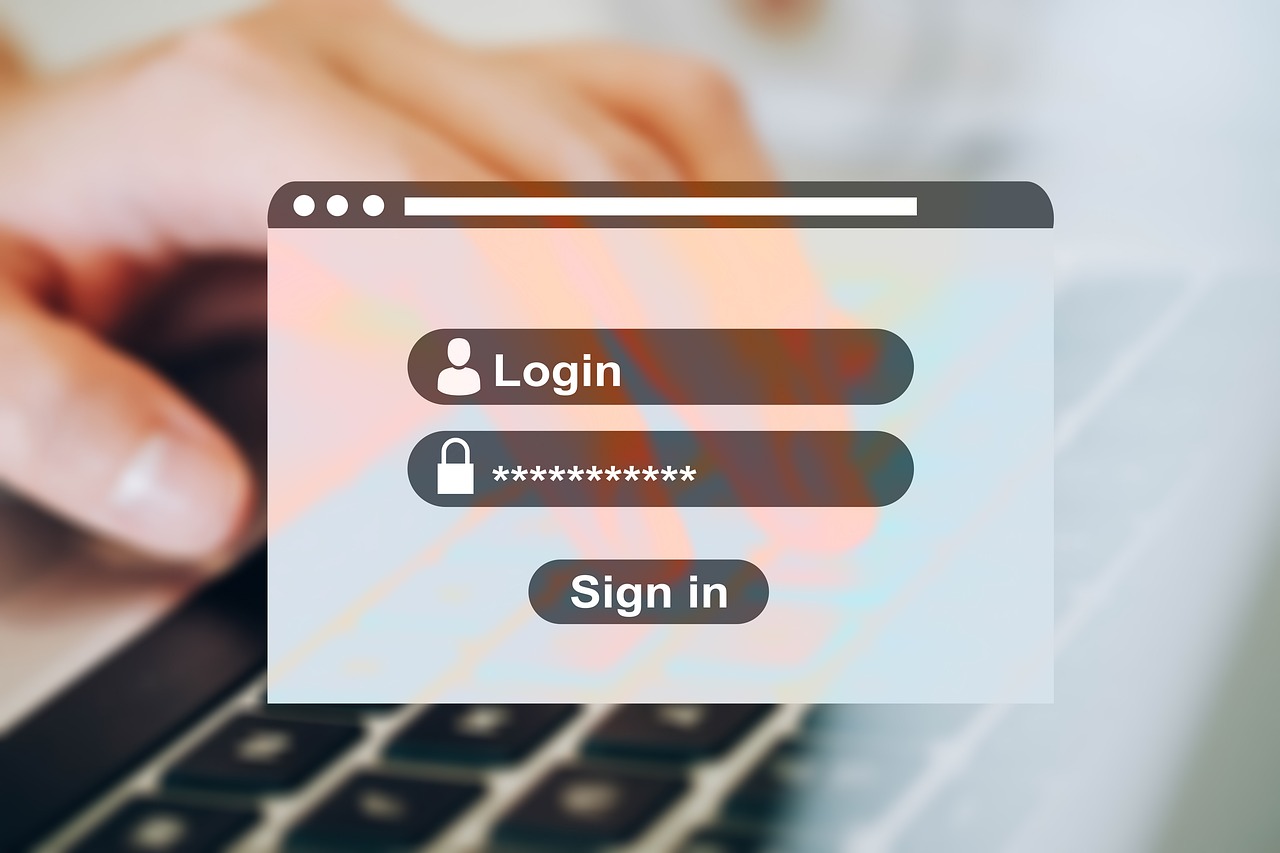Identity Proofing Tools Redesigned for Minimal Data Collection

In an era where privacy concerns dominate the digital landscape, identity proofing tools are undergoing a significant transformation. Technological advancements, coupled with stringent privacy regulations, are pushing companies to redesign their identity verification processes with an emphasis on minimal data collection. This shift not only addresses privacy concerns but also aligns with the evolving regulatory landscape globally.
Historically, identity verification involved collecting extensive personal information to authenticate an individual’s identity. This approach, while effective, posed significant privacy risks and potential data breaches. With regulations such as the General Data Protection Regulation (GDPR) in Europe and the California Consumer Privacy Act (CCPA) in the United States, there is a growing imperative to limit the amount of personal data collected and stored.
Minimal data collection in identity proofing refers to the practice of gathering only the essential information needed for verification purposes, thereby reducing the risk of data exposure. This approach not only enhances user privacy but also reduces the burden on companies to protect large volumes of sensitive data. Here are some key strategies and technologies driving this change:
- Biometric Verification: Biometric data, such as fingerprints or facial recognition, offers a high level of security with minimal data requirements. Unlike traditional data points like social security numbers or addresses, biometric data provides a unique identifier that is difficult to replicate or forge.
- Decentralized Identity Systems: The emergence of decentralized identity systems, such as those based on blockchain technology, allows individuals to maintain control over their personal data. These systems enable users to verify their identity without sharing excessive information, as the verification can be done through cryptographic proofs.
- Zero-Knowledge Proofs: This cryptographic method allows one party to prove to another that a statement is true without revealing any additional information. For identity proofing, this means verifying certain identity credentials without disclosing the underlying data.
- Pseudonymization and Anonymization: Techniques such as pseudonymization and anonymization can reduce the identifiability of personal data. By transforming data into a format that cannot be easily traced back to an individual, these methods help in maintaining privacy while still allowing for identity verification.
Globally, organizations are adopting these technologies to align with privacy regulations and build trust with their user base. In Europe, GDPR has set a high bar for data privacy, compelling companies to innovate in their data handling practices. Similarly, the CCPA in the United States emphasizes the importance of consumer privacy rights, influencing how American firms approach identity proofing.
Moreover, privacy-enhancing technologies (PETs) are becoming integral to identity proofing solutions. These technologies are designed to protect personal data during the verification process and ensure compliance with privacy laws. PETs can include encryption, differential privacy, and secure multi-party computation, each contributing to a robust privacy framework.
The redesign of identity proofing tools also has implications for cybersecurity. By minimizing data collection, companies reduce the attack surface available to cybercriminals, thereby decreasing the likelihood of data breaches. Furthermore, the use of advanced encryption and secure verification methods enhances the overall security posture of organizations.
For businesses, the move towards minimal data collection in identity proofing represents both a challenge and an opportunity. While the initial investment in new technologies and systems may be significant, the long-term benefits of enhanced security, compliance with global regulations, and increased consumer trust are substantial.
In conclusion, as the digital ecosystem continues to evolve, the redesign of identity proofing tools for minimal data collection is not just a regulatory necessity but a strategic imperative. By prioritizing user privacy and security, organizations can not only meet regulatory requirements but also foster a more secure and trustworthy digital environment for all stakeholders.
















